Higher classification Podophyllum | Scientific name Sinopodophyllum Rank Genus | |
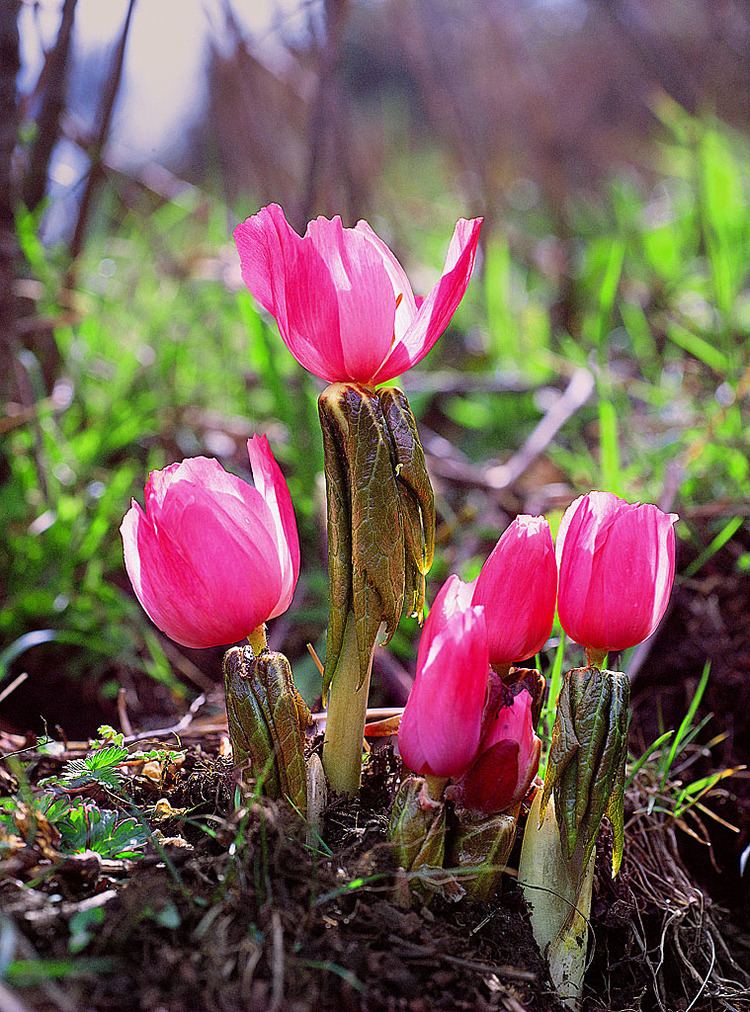 | ||
Similar Podophyllum, Podophyllum peltatum, Berberidaceae, Dysosma, Diphylleia | ||
Sinopodophyllum is an herbaceous perennial plant in the family Berberidaceae, described as a genus 1979. It includes only one known species, Sinopodophyllum hexandrum, native to Afghanistan, Bhutan, northern India, Kashmir, Nepal, Pakistan, and western China (Gansu, Qinghai, Shaanxi, Sichuan, Tibet, Yunnan). Common names include Himalayan mayapple and Indian may apple.
Contents
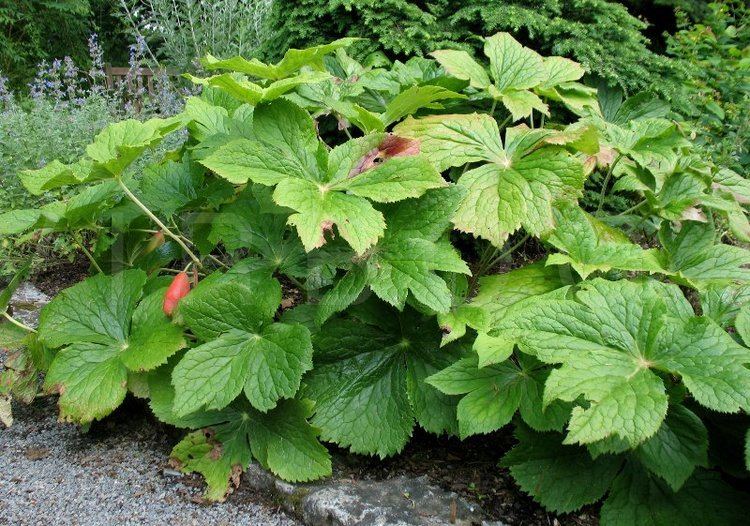
Description
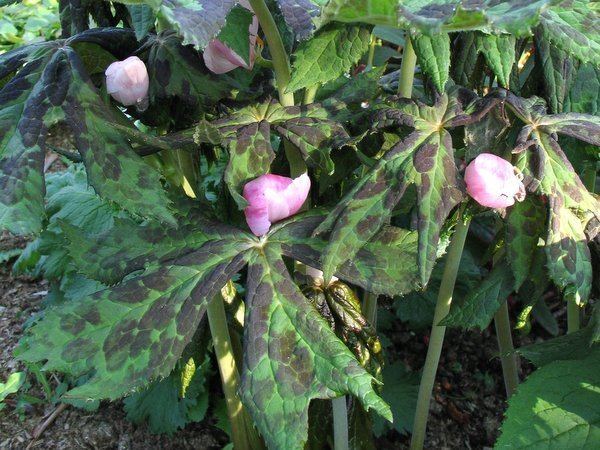
Sinopodophyllum hexandrum is low to the ground with glossy green, drooping, lobed leaves on its few stiff branches, and it bears a pale pink flower and bright red-orange bulbous fruit. The ornamental appearance of the plant make it a desirable addition to woodland-type gardens. It can be propagated by seed or by dividing the rhizome. It is very tolerant of cold temperatures, as would be expected of a Himalayan plant, but it does not tolerate dry conditions. Its name in Hindi and Ayurveda is bantrapushi or Giriparpat.
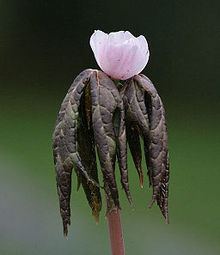
The plant is poisonous. The rhizome of the plant contains a resin, known generally and commercially as Indian Podophyllum Resin, which can be processed to extract podophyllin (podophyllotoxin), a neurotoxin. It is used medicinally to treat genital warts. Rhizomes contain up to 15% podophyllin.
Distribution
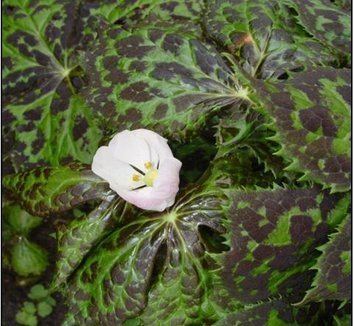
The plant is reasonably abundant in the Great Himalayan National Park of Himachal Pradesh. In the fringes of the Valley of Flowers National Park the study conducted by C.P. Kala shows some scattered population of this important species, locally called as 'ban kakdi'. Here its density is about 0.98 individuals per meter square. It grows across the Indian Himalayan region.
Harvesting

Harvesting from the wild is becoming unsustainable; over-exploitation for medicinal plants and grazing have resulted in its current IUCN endangered listing. In India, the main source of the plant, wild harvesting is (2014) illegal under CITES.
